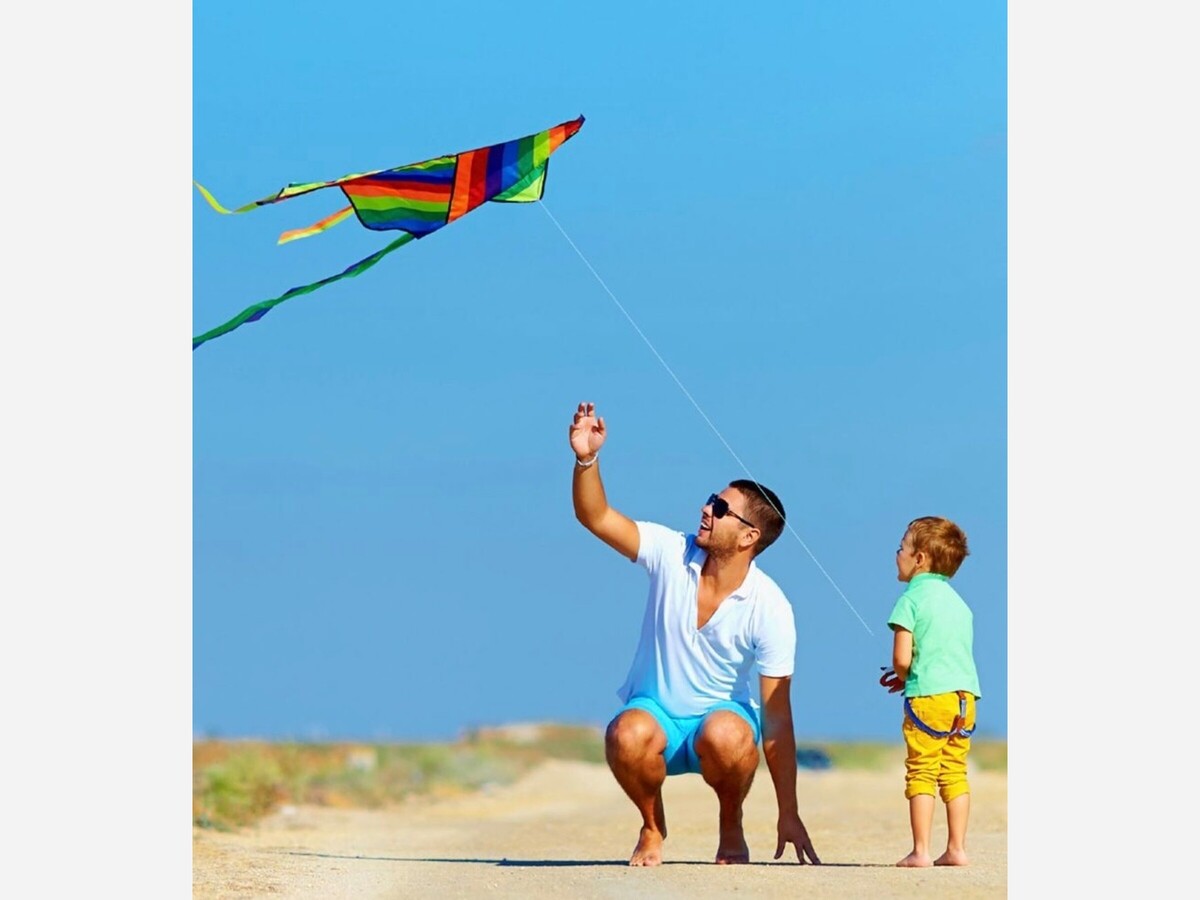Image

Once upon a breezy afternoon, in a land where clouds danced with the sun, kites were born. Their origins, shrouded in whimsy and wonder, trace back to ancient China during the Han Dynasty. Legend whispers that the philosopher Mozi, inspired by the graceful flight of birds, wove together silk and bamboo to create the very first kite. His purpose? To measure distances, as if the winds themselves whispered secrets of the earth.
And so, with a flutter of silk and a dash of curiosity, kites took flight. They soared over emerald rice fields, their tails trailing like celestial ribbons. The Chinese General Han Hsin, in 200 B.C., flew a kite over besieged city walls, measuring the gap to tunnel beneath. Oh, the thrill of watching their fragile forms ascend, defying gravity with a mischievous wink.
Across distant seas, kites pirouetted into Europe’s embrace. Marco Polo, that intrepid explorer, marveled at Chinese merchants using kites to divine the fate of their voyages. “Will the winds favor us?” they wondered, their kites dancing on invisible strings. Vasco da Gama, Giovanni Della Porta, and even the bard William Shakespeare himself whispered of these curious contraptions.
In the 14th and 15th centuries, kites pirouetted across European skies. Sailors, returning from distant shores, tucked kites in their sea-soaked bags. Yet, these fluttering marvels remained mere curiosities, their impact on European culture as light as a feather.
The 18th century brought a gust of change. Children reveled in kite-flying, their laughter echoing through meadows. But it was the physicists and meteorologists who truly danced with the winds. Alexander Wilson and Thomas Melville, perched atop Glasgow’s hills, conducted the first recorded weather experiments using kites. Benjamin Franklin, that lightning-tamer, flew kites to harness electricity. De Romas in France, too, twirled kites in their scientific ballet.
And then, the 19th century unfurled its secrets. Kites lifted cameras, thermometers, and even daring souls. George Pocock, a U.K. schoolmaster, crafted a horseless carriage pulled by arch-top kites—his “char-volant.” It raced at 20 miles per hour, exempt from road tolls, for no horses graced its ethereal reins.
In the salty air of Kitty Hawk, the Wright Brothers, Wilbur and Orville, chased dreams on wings of box kites. Their kite-flying days birthed the airplane. One fateful day, their kite lifted a man, and the skies whispered, “Why not soar?”
And so, dear reader, when you hold a kite’s string, remember the ancient whispers. Feel the tautness, the kite’s yearning for flight. Launch it with the wind at your back, eyes tracing its ascent. Watch tails flutter—they know the wind’s secrets. Choose a beach, where waves cheer your kite’s dance.
And as you guide your kite, remember: lift equals weight, thrust balances drag. These forces, like old friends, will keep your kite aloft. So let your kite pirouette, a celestial dancer, and join the timeless waltz of whimsical wonders.
Happy flying, fellow dreamer.
Image source: Ariel Skelley // Getty Images, article source Bing CoPilot